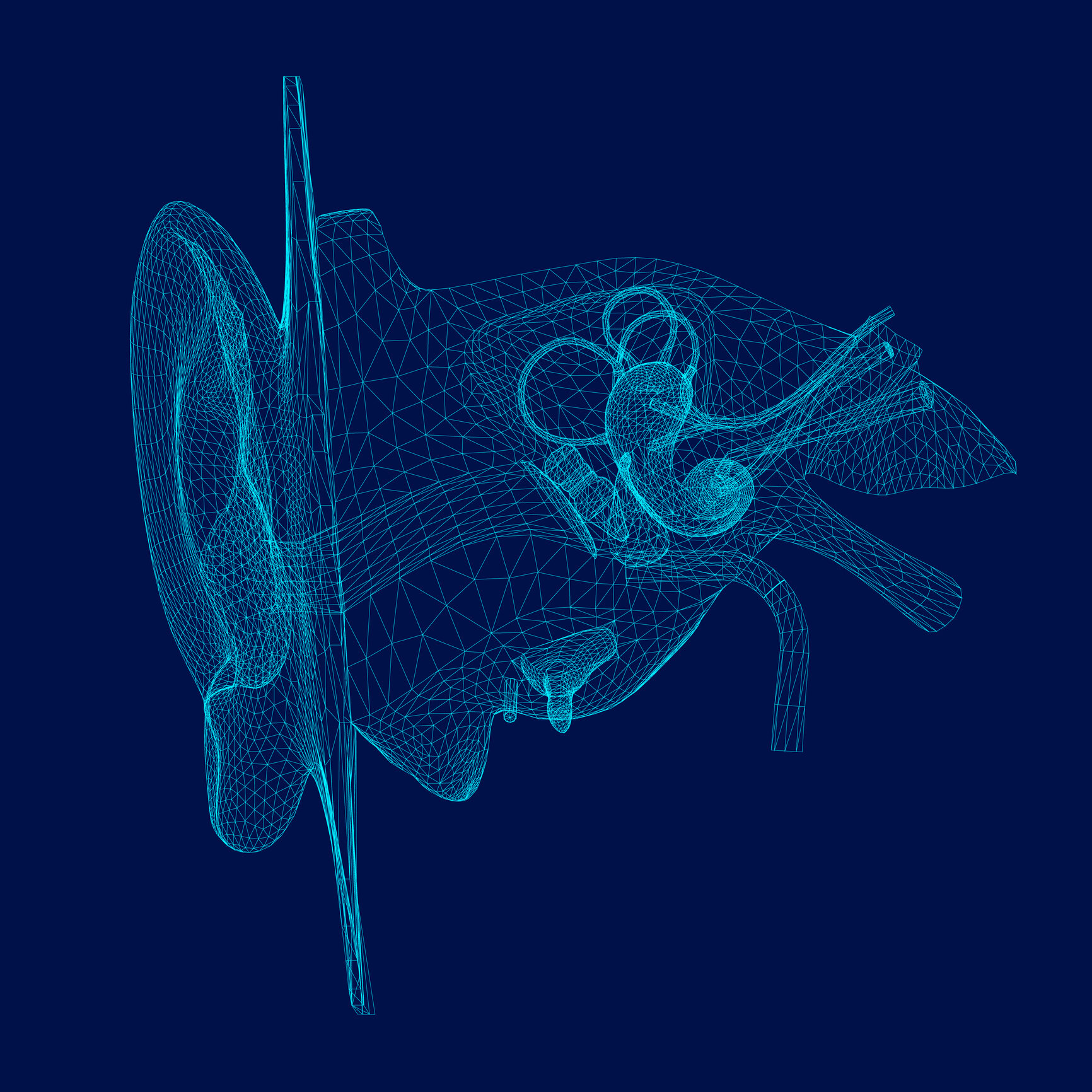OAT’s Nashville Vestibular (Balance) Center
Patients with chronic dizziness and balance problems often avoid normal everyday activities for fear of bringing on an attack of symptoms, which may include disorientation, lack of balance, light-headedness, swaying, or, in the case of vertigo, a spinning sensation that can be accompanied by nausea. This may occur when any part of the human balance system gets off track: the inner ear (vestibular), the eyes (visual) or the body and sense of touch (somatosensory). Because any of these different areas of the body may be involved, our clinic works closely with specialists from physical therapy, audiology, otolaryngology and neurology to identify the source of your balance concerns.
OAT’s audiologists in our Saint Thomas Midtown are highly skilled specialists using the most advanced medical technology to clearly assess your balance needs and customize your care in a comfortable environment. Thank you for entrusting OAT with your balance healthcare.
The Human Vestibular (Balance) System
The human inner ear consists of the vestibular (balance) portion and the hearing portion. Within the vestibular (balance) system, there are five organs, three semicircular canals and two otoliths, that tell your brain where your head and body are in space. The semicircular canals identify when your head moves side to side or up and down and the otoliths identify when your body sways, rocks or bounces. The vestibular (balance) system works with the visual (eyes) and the somatosensory (body and sense of touch) systems to give the brain all the information to stabilize your movement in the world around you. It is conflicting information provided by these systems that results in dizziness or balance problems.
What is Comprehensive Vestibular (Balance) Testing?
One of the main functions of the vestibular (balance) system is to keep our visual world steady during head movements. We can evaluate the interaction of the visual and vestibular (balance; specifically, the semicircular canals) pathways through two tests, videonystagmography (or VNG) and video head impulse test (or vHIT). Every time the vestibular (balance) system senses a head movement, the eyes move in an equal and opposite direction. Eye movements are measured during the VNG and vHIT through test goggles placed on you with cameras above each eye. These cameras record all eye movement throughout testing. During the VNG, the camera measures eye movements while you track a moving target, lie in different positions on an exam table and warm/cool air is placed into your ear canal to stimulate responses from your ears. During the vHIT, the camera tracks and measures eye movements during small, quick movements of the head.
The other function of the balance system is to keep you upright and moving easily during your daily activities. The otolith organs consist of the utricle and the saccule which coordinate with the visual (eyes) and somatosensory (body and sense of touch) systems to achieve normal equilibrium and movement stability. We evaluate the interaction of these systems through two tests, cervical vestibular evoked myogenic potential (cVEMP) and ocular vestibular evoked myogenic potential (oVEMP). Electrodes are placed on your head and neck while you sit in a comfortably reclined position listening to clicks through headphones. During the cVEMP test, click sounds are played in each ear while you turn your head. During the oVEMP test, click sounds are played in each ear while you stare at a spot above your head.
VNG Test Duration: 1 to 1.5 hours
vHIT Test Duration: .5 hours
VEMP Test Duration: .5 hours
What to Expect
Before Your Visit
For your ease and convenience, simply visit the Resources section of our site, where you’ll find helpful forms to download. Our staff will schedule your initial office appointment as well as any return visits. If you have questions about your upcoming or recent visit, or need assistance with new-patient paperwork, please contact us.
At Arrival
If you cannot access or complete forms prior to arrival, please allow additional time to complete during check-in prior to your scheduled appointment.
Consultation, Exam and Testing
Prior to your examination, your audiologist will sit down and discuss the reason for your visit and review any symptoms. Your audiologist will also review what to expect during an exam and testing. All testing is non-invasive and essential to the assessment and overall evaluation of your ear health. Once your testing is complete, each component of testing is carefully analyzed and reviewed. This process to determine function is as important as each test conducted and will be explained to you. A detailed summary report will also be sent to your referring physician, if applicable, regarding our conclusions and recommendations.


